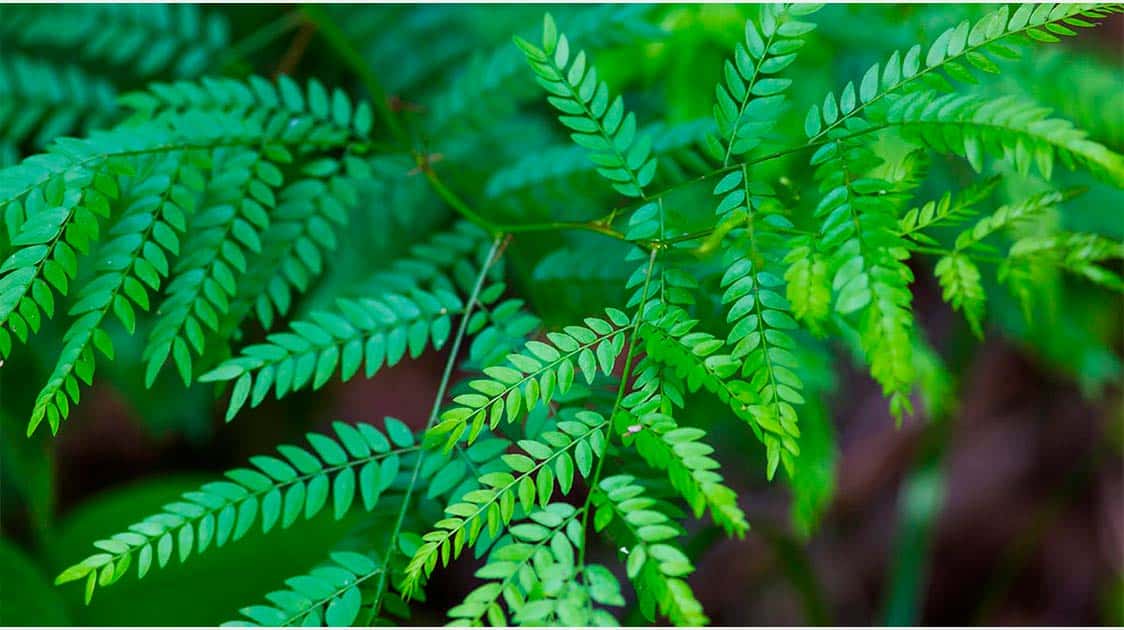
The Honey locust Tree is a symbol of beauty, tolerance, and protectio. It’s name comes from the sweet legume found in the trees pods, which serve as a food source for wildlife. Aside from being used by wildlife and animal for food, the sweet legumes were also consumed by Native Americans as a food source. The first scientific observations of the honey locust were made in the 1700s, and was subsequently named “honey locust” due to the sweet honey-like substance contained in the legume pods. These legumes have a sweet and fragrant aroma. Flowers of this plant are also a target of many insect species and are important source of food for bees
A highly resilient tree, the Honey Locust grows in zones 3-9 and can tolerate heat, drought, air pollution, urban environments, alkaline soil, and and less-than-optimal soil conditions. Although Honey Locust prefers full sun, well drained-soil (especially river lands or valleys), it is adaptable to many different conditions. It is considered to be a popular ornamental plant which provides shade, but has an airy canopy that allows other plants or flowers to bloom underneath it. This special tree has a very fast growth rate, and is easily transplanted if need be. The leaves are an emerald green color during spring, but turn a golden yellow color in the fall. The Honey Locust can be planted in areas to assist with windbreaks, and prevent erosion.
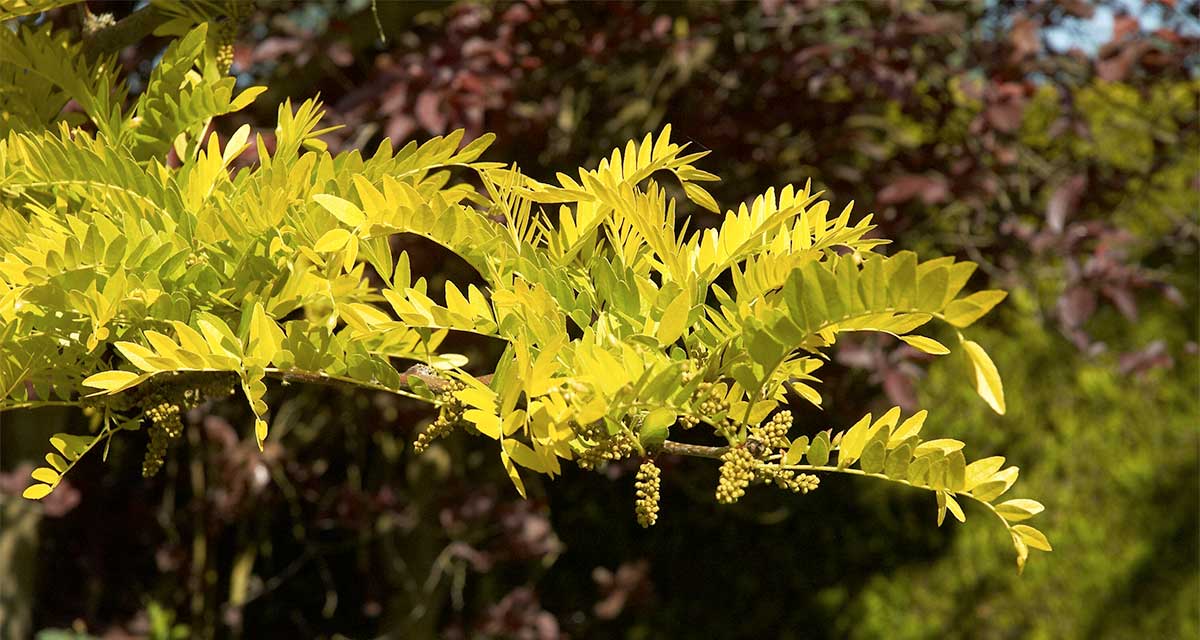
Planting Instructions
The best time to start honey locust trees from seeds is in the spring so that they have time to become established before fall planting. Honey Locust have a shallow dormancy, which can be easily broken with a small pre-treatment which is very easy and fast!
1. Heat a bowl of water (not boiling, but hot) and place the seeds inside of it.
2. Soak the seeds for 12-24 hours, or until they “swell.” Seeds will swell up to 3x their initial size during the pre-treatment, this is normal and optimal. Remove the seeds once swollen a bit (between 12-24 hours)
3. Sow seeds immediately at a depth of 1cm (1/2 inch) – do not plant deeper than this. The seeds should germinate in about 4 weeks. It’s best to avoid high temperatures for planting.
Honey Locust seeds can remain viable for many years, and can be saved for up to 3 years before planting.
“Growth in the first growing season is usually between 20 and 40cm and accelerates in the second and subsequent years. This species usually transplants very easily. Honey Locust tolerates (and often thrive best in) poor and compacted soils and in difficult growing conditions. In cultivation they need little care.”
The Bios Urn® is compatible with a Honey Locust tree as with all other tree types. No exceptions! You can buy your Bios Urn® here.
Join our mailing list to keep you updated of all Bios® news and get a 10% Discount!


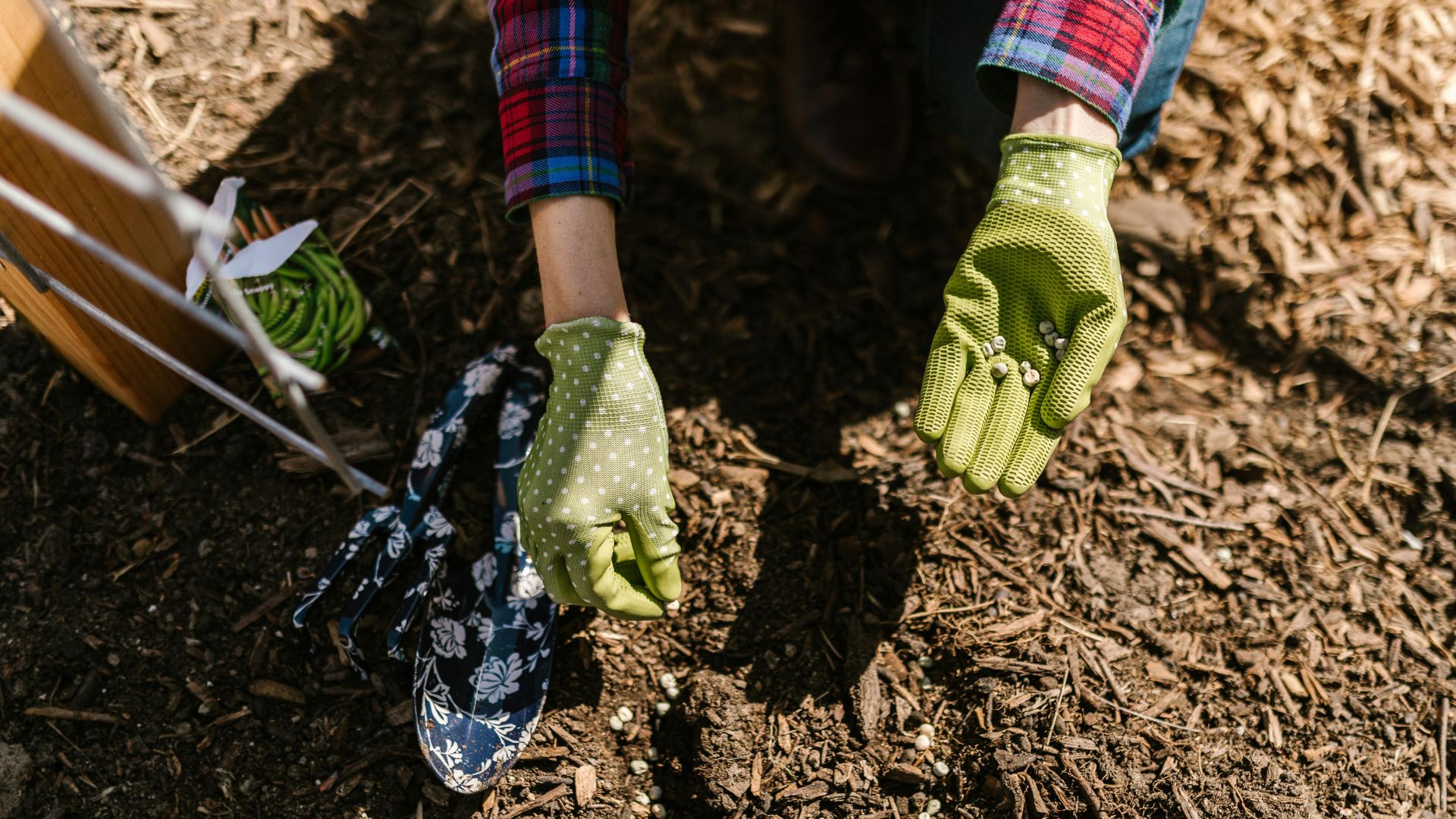
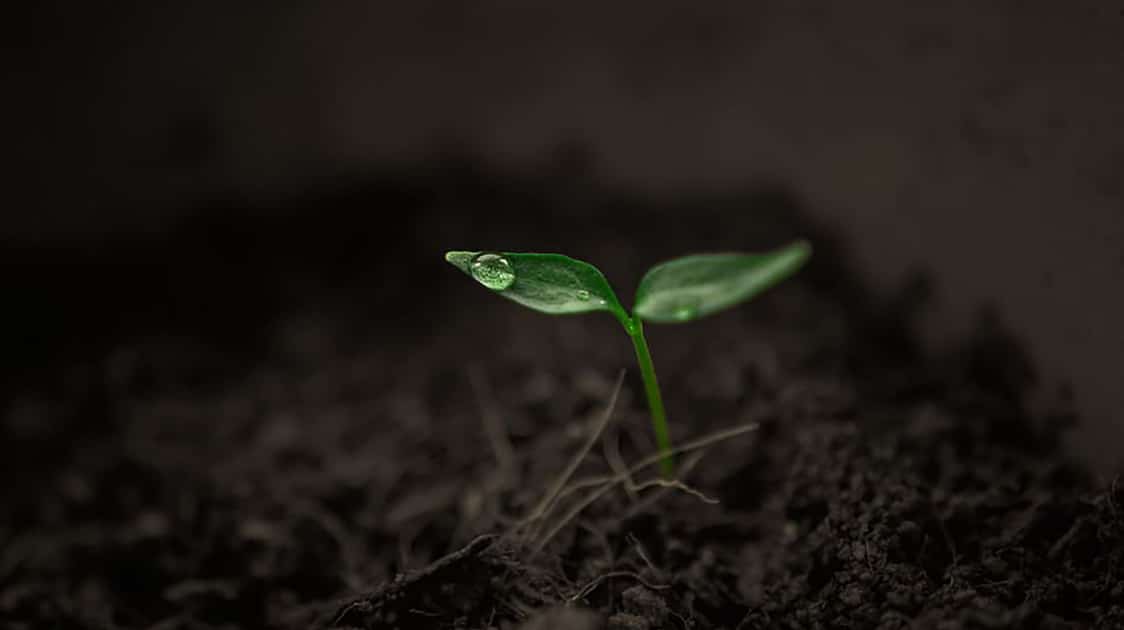

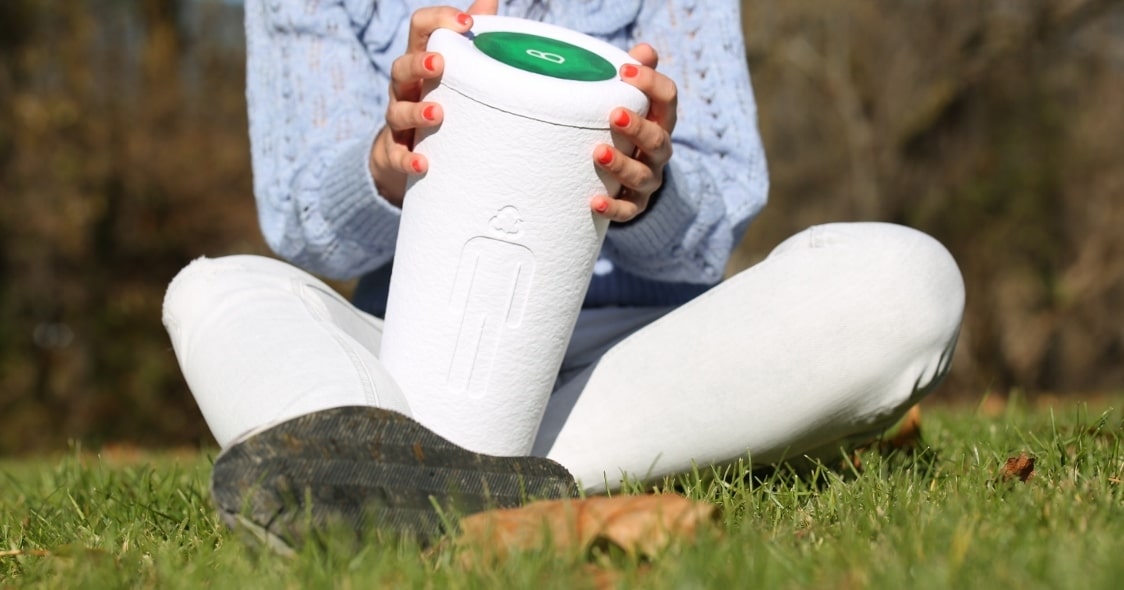
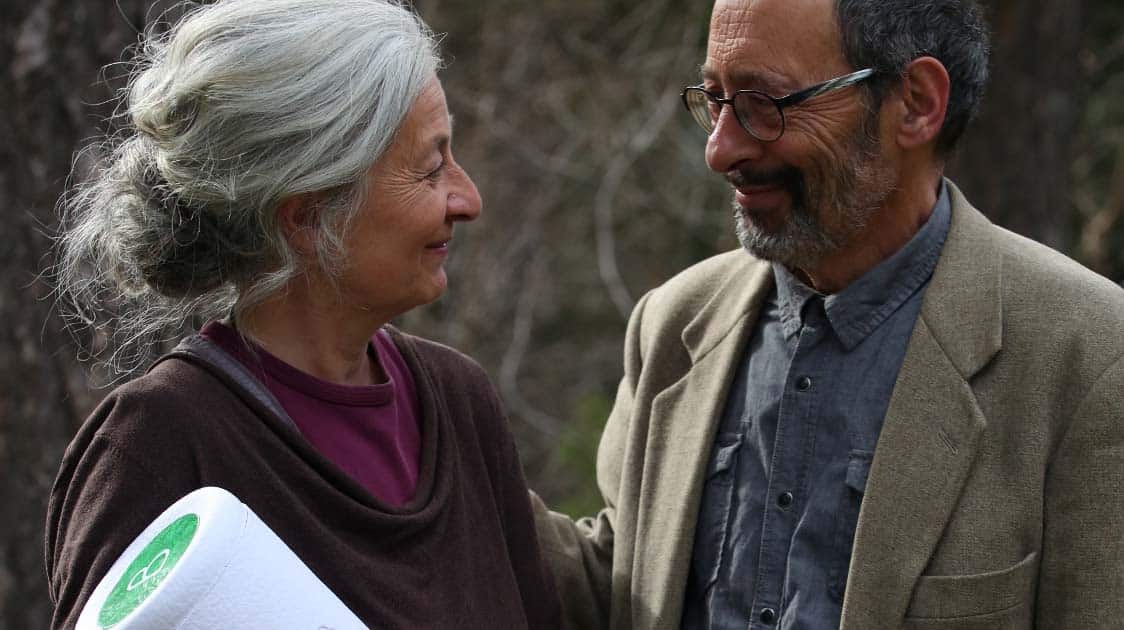

Thanks for the draining tips. This was great.